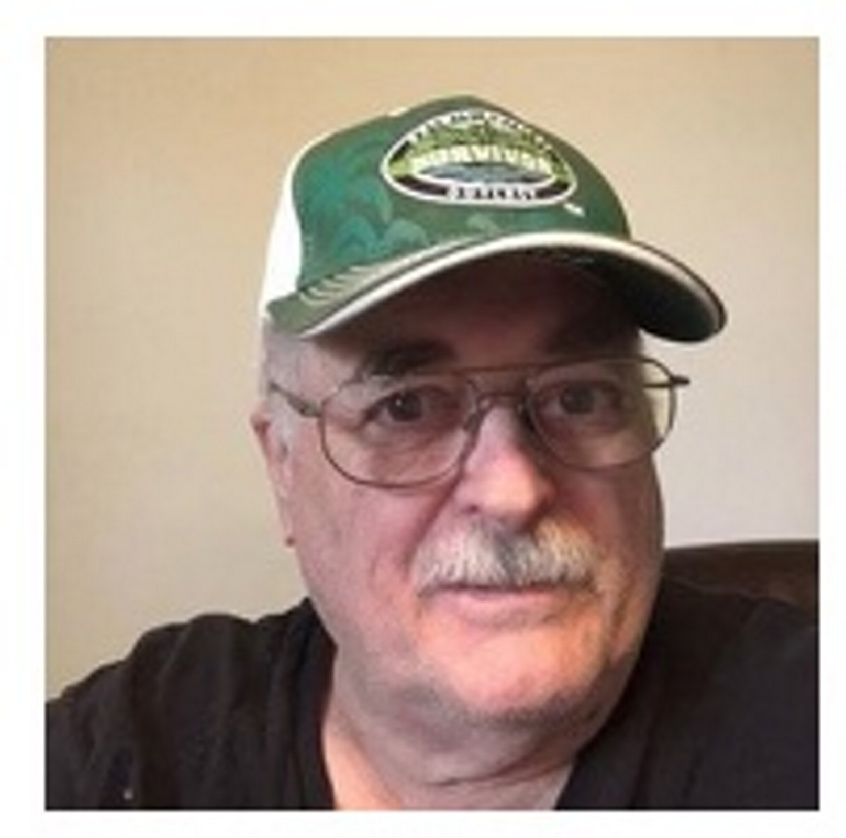The year was 1962. It was early summer. I was graduating high school and had landed my first job. I was working for Beal and Bunker on Great Cranberry Island. I started working weekends until graduation then right into five days and a half-day on Saturday, all for $50 a week.
It was a dream job as far as I was concerned. I was put in charge of a 28-foot inboard open boat that was moored in Southwest Harbor. My duties were to bring her in off mooring at 6:30 a.m., mop the dew from her deck and put up her flag. Then I was to go to the town landing where I would pick up passengers for delivery to Cranberry Isle. Every day was a lesson learned for this 17-year-old guy who had never run anything more than a skiff with an outboard that my friend and I had for after-school and summer lobstering.
The biggest lesson I learned was what I call “dead reckoning.”
This one morning, the air was still and the fog was in pea-soup mode. I could hardly see my boat as I rowed out to the mooring. I pulled up to the Southwest Harbor town wharf and there were five guys with quite a few cement blocks, 75 to 100, and bags of mortar.
We loaded the blocks in the center stern area just behind “the doghouse,” engine cover. Then the passengers, up front and with the mortar bags on top of the blocks we set out. I had never seen the fog quite this heavy; I had only the compass to guide me to the island. I set my heading and we left out by the Coast Guard station for Cranberry.
But the compass had an air bubble in it that caused it to rotate on a wide swing back and forth as the boat hit wakes along the way.
On the way I had met several boats, not by sight but by sound as they cut through the water. I never did see any of them – only heard them. Fishermen, likely off to haul their traps.
The ocean was flat calm as it usually is on a foggy morning and I was doing my best to hold my course. The extra draft the boat had with its load made it pitch a bit more as it hit other boats’ wakes. And my compass was going at least 90 degrees left and right before settling again only to meet another wake.
I was looking for a dark “blue nun” No. 5 buoy that marked the head of Cranberry Isle and the Western Way Passage down toward Frenchboro. There are no white lines in the water, but if you know how to read a chart, these nuns and buoys are set and numbered, not much different than a road map. The more I stared into the fog the more I thought I saw it, almost like a ghost. My other tool for reckoning was time. It took about 30 minutes to make Cranberry from Southwest, and my time was running out.
I should have seen the nun at about 25 minutes. I always set the throttle at the same speed so to save on the old ’47 Chevy six-cylinder engine, but also to mark my progress as well.
With my time up I stopped the boat and looked and listened. I couldn’t hear any waves hitting land but upon looking over the side, I could see bottom. So knowing I was drawing a bit more water with the load on, I reversed my track for five minutes and then figuring that the bottom I saw was the beginning of Cranberry Isle, I headed east for five minutes, then resumed my initial heading. We had traveled about seven to eight minutes when I stopped again to look and listen. It appeared that there was plenty of water under the boat now, so I took a more westerly heading. I knew that would bring me to Cranberry Isle; after all, the island was seven or eight miles long.
Only a few minutes had passed when I saw the three-masted schooner that was moored just off Cranberry Harbor, along with another familiar boat. We headed into our wharf and our destination. We offloaded, and then I brought the compass up to our shop where we added more alcohol to it.
The compass remained stable for the rest of the summer. Gratefully, I was never called upon to test it again as I had that day.
Comments are not available on this story.
Send questions/comments to the editors.


